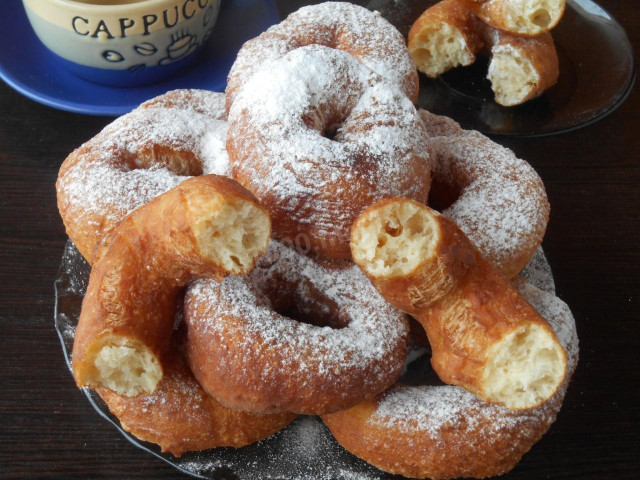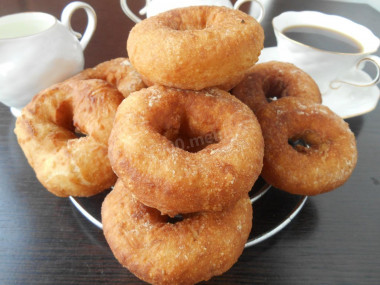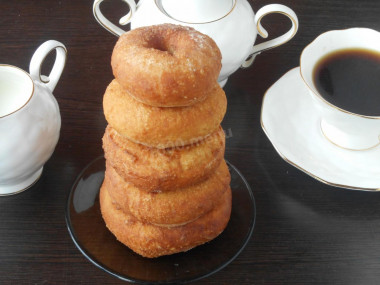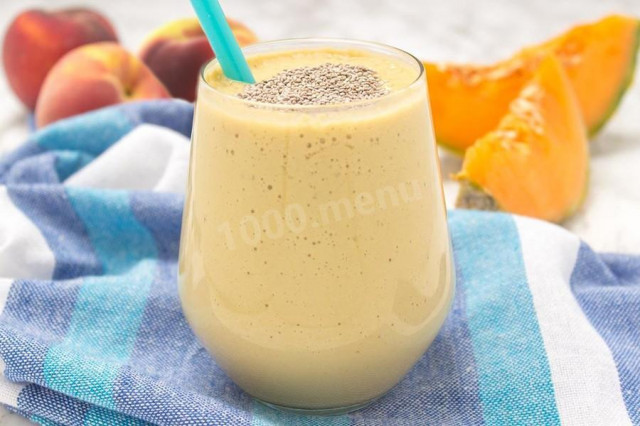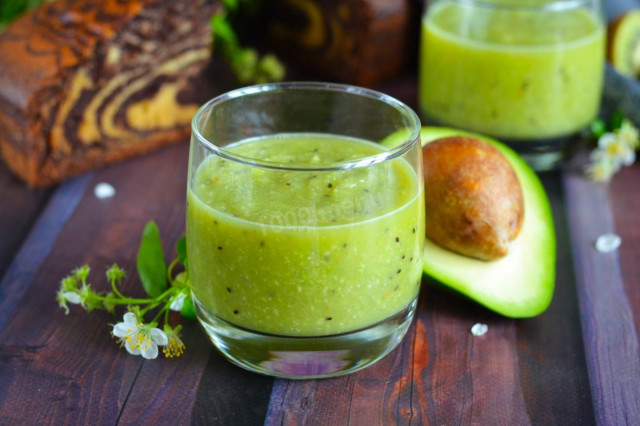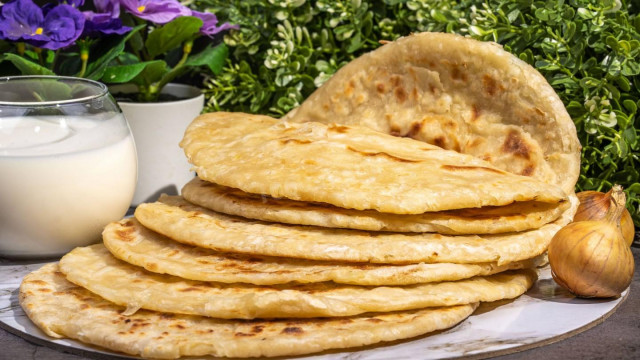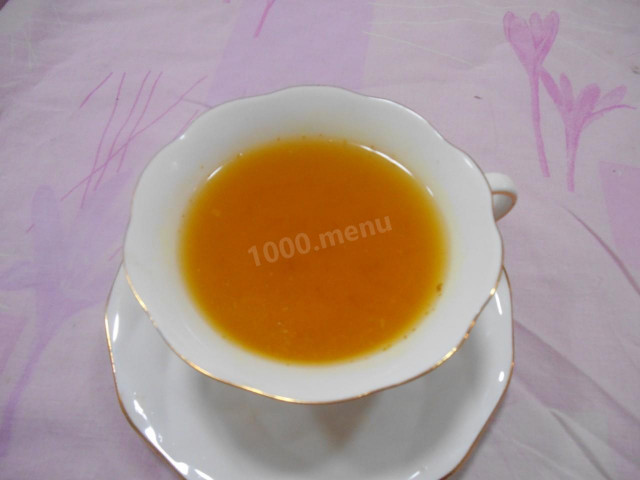Composition / ingredients
Step-by-step cooking
Step 1:
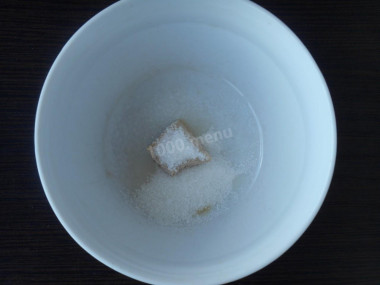
Prepare all the necessary ingredients. To begin with, prepare the sourdough. Put the fresh yeast in a bowl and pour a teaspoon of sugar. Choose yeast carefully, look at the expiration date. Fresh yeast is the key to lush baking.
Step 2:

Add warm water to the yeast. Please note that the water must be warm so that the sugar dissolves faster and the yeast starts working.
Step 3:
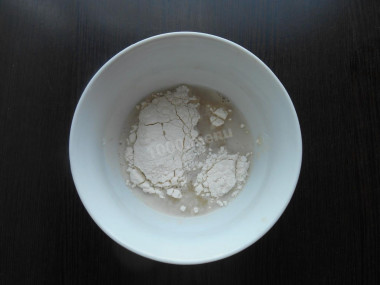
Add a tablespoon of flour to the dough, mix thoroughly. Put the sourdough in a warm place for 15-20 minutes.
Step 4:
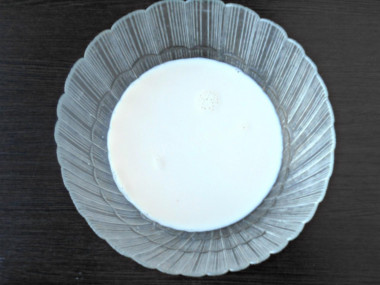
Separately, pour warm milk into a deep bowl. Add sugar and stir.
Step 5:

Melt the butter in a water bath or in the microwave. Add the melted butter to the milk.
Step 6:
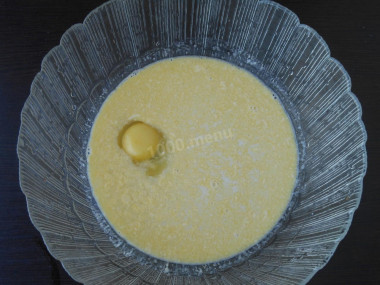
Beat an egg into the milk mixture. Before eating eggs, I advise you to wash them in warm running water to avoid infection. Add salt to the mixture and add vanillin (be careful, vanillin in large quantities can be bitter, read carefully the instructions on the package).
Step 7:
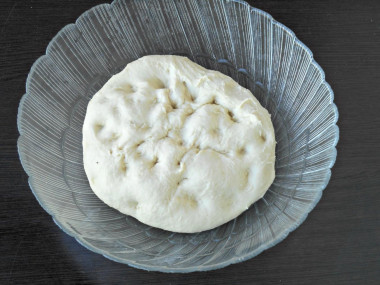
Pour the sourdough into the dough, mix. Add flour and knead the dough. Flour may go a little less or a little more, but the dough should be soft and stick to your hands a little, don't worry, it should be. Cover and place in a warm place. Let the dough rise for about an hour. I advise you to put the dough in the oven and just turn on the light in it. There the dough will rise well, and neither a draft nor a breeze is terrible. Yeast dough does not like fuss.
Step 8:
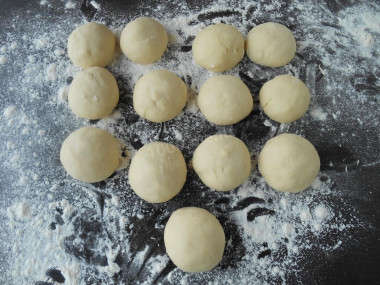
In an hour (sometimes longer, it all depends on the activity of yeast, the temperature in the room and the absence of drafts), the dough will double. Transfer it to a work surface sprinkled with flour. Divide the dough into equal parts. Use a small amount of flour so that the dough does not stick to your hands.
Step 9:
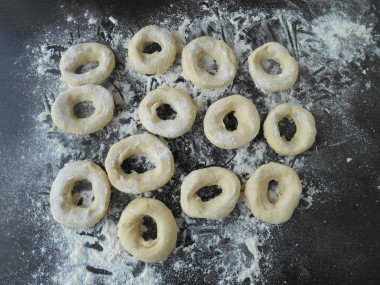
Use your fingers to make a hole inside each ball and stretch it in a circle.
Step 10:
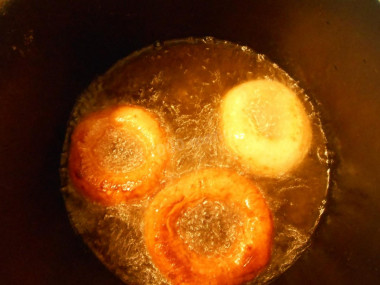
Pour vegetable oil into a deep frying pan and heat it well. Gently, one by one, dip the donuts into the hot oil. Fry for two minutes, turn over and fry for another couple of minutes until golden brown.
Step 11:
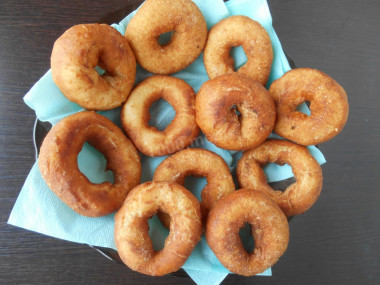
Put the donuts on paper napkins so that they absorb excess oil. Bon appetit!
Let cool slightly, remove the napkins or transfer the donuts to another plate. Sprinkle with powdered sugar and serve to the table.
If desired, you can decorate the donuts with a variety of glazes, sprinkles, melted chocolate. Fantasize!
Serve with hot tea or milk. As an addition, use jam, honey, condensed milk.
Be prepared for the fact that flour may need more or less than indicated in the recipe. Focus not on the amount of flour, but on the desired consistency of the dough. To avoid mistakes, read about flour and its properties!
The liquid in which yeast is bred should be pleasant to the touch, no higher than 40 degrees. Why is this important? In a warm environment, yeast is well activated, in a hot one it will die, and in a cold one it simply will not work. To avoid unpleasant surprises, check the yeast before mixing with the rest of the ingredients. Pour a little warm milk into a bowl, stir in the yeast. Cover the bowl with a kitchen towel and put it in a warm place without drafts for 10-15 minutes. During this time, a foam yeast cap should appear on the surface of the sponge. If this did not happen, then the fermentation process has not started (the yeast is overdue or spoiled). In this case, it is worth taking other yeast, otherwise baking will not work.
Use oil with a high smoking temperature for frying! Any oils are useful only until a certain temperature is reached - the point of smoking, at which the oil begins to burn and toxic substances, including carcinogens, are formed in it.
Unrefined oils, with rare exceptions, have a low smoking point. There are a lot of unfiltered organic particles in them, which quickly begin to burn.
Refined oils are more resistant to heating, and their smoking point is higher. If you are going to cook food in the oven, on a frying pan or grill, make sure that you use oil with a high smoking point. The most common of the oils with a high smoking point: refined varieties of sunflower, olive and grape.
Caloric content of the products possible in the composition of the dish
- Whole cow's milk - 68 kcal/100g
- Milk 3.5% fat content - 64 kcal/100g
- Milk 3.2% fat content - 60 kcal/100g
- Milk 1.5% fat content - 47 kcal/100g
- Concentrated milk 7.5% fat content - 140 kcal/100g
- Milk 2.5% fat content - 54 kcal/100g
- Chicken egg - 157 kcal/100g
- Egg white - 45 kcal/100g
- Egg powder - 542 kcal/100g
- Egg yolk - 352 kcal/100g
- Ostrich egg - 118 kcal/100g
- Whole durum wheat flour fortified - 333 kcal/100g
- Whole durum wheat flour, universal - 364 kcal/100g
- Flour krupchatka - 348 kcal/100g
- Flour - 325 kcal/100g
- Granulated sugar - 398 kcal/100g
- Sugar - 398 kcal/100g
- Butter 82% - 734 kcal/100g
- Amateur unsalted butter - 709 kcal/100g
- Unsalted peasant butter - 661 kcal/100g
- Peasant salted butter - 652 kcal/100g
- Melted butter - 869 kcal/100g
- Vegetable oil - 873 kcal/100g
- Salt - 0 kcal/100g
- Water - 0 kcal/100g
- Vanillin - 288 kcal/100g
- Fresh yeast - 109 kcal/100g

